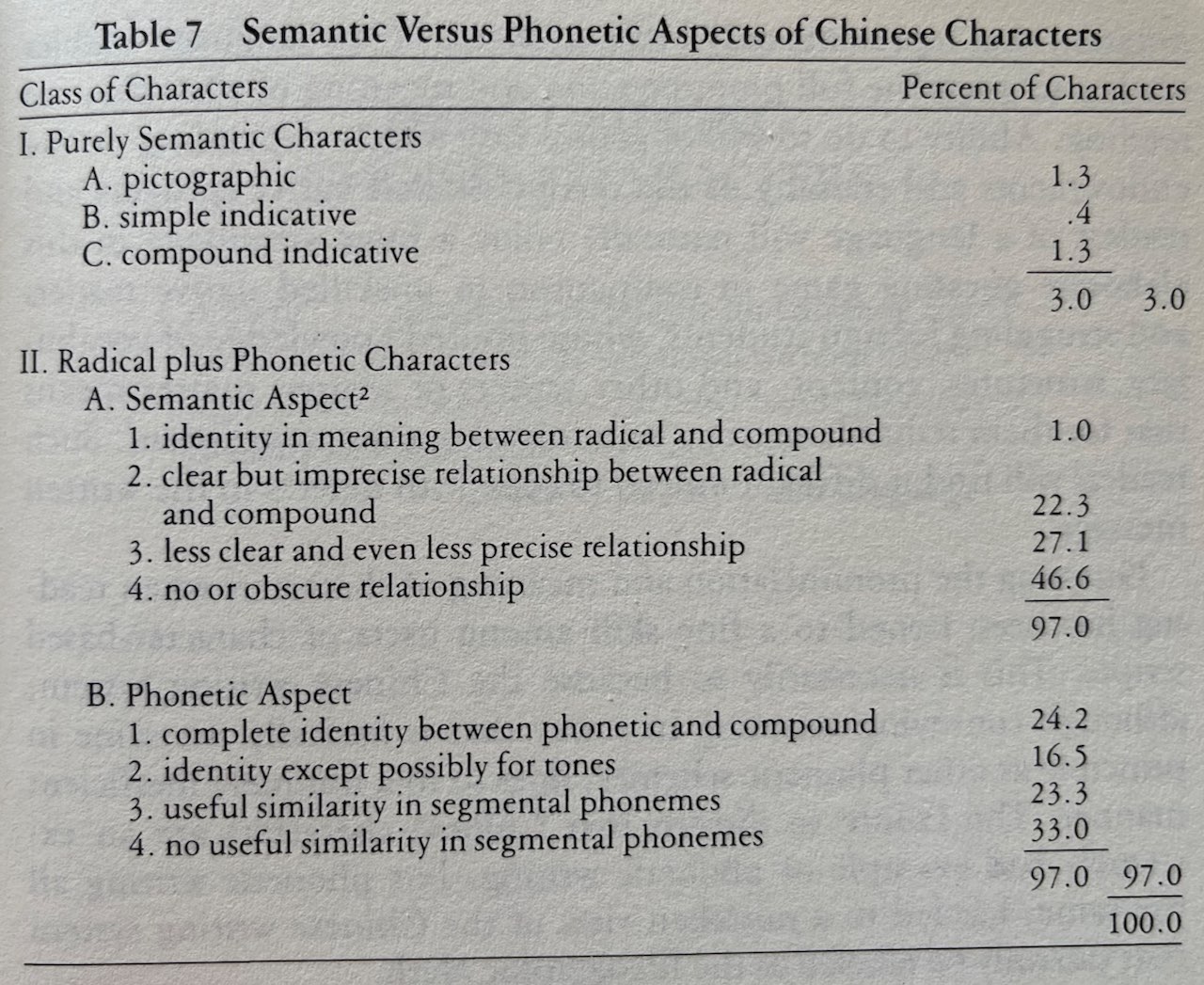yì‐nián‐yí‐dù ((yì one 一)‐(nián year 年 年/秊)‐(yí one 一)‐(dù {spending; passing (of time)} → [mw for occasions/times] 度) → [once a year; annual | annually]) ← Tap/click to show/hide the “flashcard”
[Notes: Tap/click on a Pīnyīn (Pīn·yīn {Piecing Together of} · Sounds → [Pinyin] 拼音) expression to reveal its “flashcard”; tap/click on a “flashcard” or its Pīnyīn (Pīn·yīn {Piecing Together of} · Sounds → [Pinyin] 拼音) expression to hide the “flashcard”. 📖 📄 📘 icons mean 📖 Reveal All, 📄 Reveal Advanced, and 📘 Reveal None re all the “flashcards” in the heading, paragraph, etc. that they are placed at the beginning of.]
This week’s MEotW, “yì‐nián‐yí‐dù ((yì one 一)‐(nián year 年 年/秊)‐(yí one 一)‐(dù {spending; passing (of time)} → [mw for occasions/times] 度) → [once a year; annual | annually])”, occurs in the following sentence, which, at the time of this writing, jw.org is featuring to invite people to attend the Memorial:
English:
We invite you to attend our annual event to remember the death of Jesus Christ.
Mandarin:
📖 📄 📘 Wǒmen (Wǒ·men we · [pl] 我们 我們) yāoqǐng (invite 邀请 邀請) nǐ (you 你) cānjiā (cān·jiā {to take part in} · {to add to} → [to attend] 参加 參加) zhèige (zhèi·ge this · [mw] 这个 這個) yì‐nián‐yí‐dù ((yì one 一)‐(nián year 年 年/秊)‐(yí one 一)‐(dù {spending (of time)} → [mw for occasions/times] 度) → [annual]) de (’s 的) jìniàn (jì·niàn remembering · {thinking of} → [commemorating] 记/纪念 記/紀念) jùhuì (meeting 聚会 聚會), jìniàn (jì·niàn {to remember} · {to think of} → [to commemorate] 记/纪念 記/紀念) Yēsū (Jesus 耶稣 耶穌) Jīdū (Christ 基督) wèi (for 为 為/爲) rénlèi (rén·lèi human·kind 人类 人類) xīshēng (xī·shēng sacrificed · {(as with a) domestic animal} → [sacrificed] 牺牲 犧牲) shēngmìng (life 生命).
“Yì‐nián‐yí‐dù ((Yì one 一)‐(nián year 年 年/秊)‐(yí one 一)‐(dù {spending; passing (of time)} → [mw for occasions/times] 度) → [once a year; annual | annually])” on one level of literalness means “one year one occasion/time”, which effectively means “annual”. Its final morpheme “dù (degree; extent; {degree of intensity} | {spending; passing (of time)} [→ [mw for occasions/times]] 度)” in this expression serves as a measure word for occasions or times, which likely derives from its meaning of “spending; passing (of time)”. In other expressions, “dù (degree; extent; {degree of intensity} | {spending; passing (of time)} [→ [mw for occasions/times]] 度)” can also mean “degree; extent; degree of intensity”:
- 📖 📄 📘 dùguò (dù·guò {spend; pass (time)} · pass; cross → [spend; pass (time/etc.) | pull/get through; survive] 度过 度過)
- 📖 📄 📘 tàidu (tài·du state · degree → [attitude; manner] 态度 態度)
- 📖 📄 📘 wēndù (wēn·dù {(of) being warm} · {degree of intensity} → [temperature] 温度 溫度)
- 📖 📄 📘 zhìdù (zhì·dù system · extent → [system] 制度)
Same Character, Different Tones
Note that in “yì‐nián‐yí‐dù ((yì one 一)‐(nián year 年 年/秊)‐(yí one 一)‐(dù {spending; passing (of time)} → [mw for occasions/times] 度) → [once a year; annual | annually])”, the morpheme meaning “one” is first pronounced “yì (one 一)”, with a fourth tone, and then it’s pronounced “yí (one 一)”, with a second tone. This is tone sandhi, and as the MEotW post on “diǎnliàng (diǎn·liàng {dot → [light (v); ignite]} · {to be bright} [→ [illuminate; shine light on]] 点亮 點亮)” said:
On the other hand, the unofficial Pīnyīn (Pīn·yīn {Piecing Together of} · Sounds → [Pinyin] 拼音) Plus resources join the official Pīnyīn (Pīn·yīn {Piecing Together of} · Sounds → [Pinyin] 拼音) publications, old and new, in explicitly indicating tone sandhi for “bù (not 不)” and “yī (one 一)” (e.g., “búzài (bú·zài not · again; further; continuing; anymore 不再)” instead of the standard “bùzài (bù·zài not · again; further; continuing; anymore 不再)”) to make things easier for readers, even though this practice is not included in the GB/T 16159-2012 [PRC national] standard’s recommendations.
In the end, what matters most re how anything is written is not just what is officially recommended or what happens to be popular among changing, imperfect humans. Rather, what matters most is what really works best to accomplish the goal of writing: To communicate to readers. This is especially true when God-honouring and life-saving Bible truths need to be communicated. So, this blog and the other Pīnyīn (Pīn·yīn {Piecing Together of} · Sounds → [Pinyin] 拼音) Plus resources will continue to seek to render Pīnyīn (Pīn·yīn {Piecing Together of} · Sounds → [Pinyin] 拼音) in ways that maximize how clearly, easily, effectively, and appropriately it communicates with readers.
Same Characters, Different Word Boundaries
Another interesting thing to note is that the last two morphemes in “yì‐nián‐yí‐dù ((yì one 一)‐(nián year 年 年/秊)‐(yí one 一)‐(dù {spending; passing (of time)} → [mw for occasions/times] 度) → [once a year; annual | annually])” can in some contexts form the expression “yídù (yí·dù [(at)] one · {spending; passing (of time) → [mw for occasions/times]} → [once; at one time; on one occasion; for a time] 一度)”, which is appropriately written in Pīnyīn (Pīn·yīn {Piecing Together of} · Sounds → [Pinyin] 拼音) without a space or other word divider between the two morphemes. Why then, does this blog post render “yì‐nián‐yí‐dù ((yì one 一)‐(nián year 年 年/秊)‐(yí one 一)‐(dù {spending; passing (of time)} → [mw for occasions/times] 度) → [once a year; annual | annually])” with a hyphen (that acts as a word divider) between its last two morphemes?
The reason for the different renderings of the same two morphemes in the two different expressions is, well, because we are indeed dealing with two different expressions. Whereas “yì‐nián‐yí‐dù ((yì one 一)‐(nián year 年 年/秊)‐(yí one 一)‐(dù {spending; passing (of time)} → [mw for occasions/times] 度) → [once a year; annual | annually])” uses its last two morphemes in a “one-[word divider]-[measure word]” pattern, as does “yí (one 一) ge ([mw] 个 個/个)”, “yídù (yí·dù [(at)] one · {spending; passing (of time) → [mw for occasions/times]} → [once; at one time; on one occasion; for a time] 一度)”, treated as one word without a space in it, is used to effectively mean “once; at one time; on one occasion; for a time”. The ABC Chinese-English Dictionary, edited by John DeFrancis and Victor H. Mair, among others, provides these examples of this expression in use:
📖 📄 📘 Wǒmen (Wǒ·men we · [pl] 我们 我們) yídù (yí·dù (at) one · {passing (of time) → [mw for occasions/times]} → [once] 一度) shì (were 是) hǎo (good 好) péngyou (friends 朋友).
We were once good friends.📖 📄 📘 Tā (she 她) yídù (yí·dù (at) one · {passing (of time) → [mw for occasions/times]} → [for a time] 一度) duì (towards 对 對) huìhuà (huì·huà painting · paintings 绘画 繪畫) gǎn (felt 感) xìngqù (interest 兴趣 興趣).
She was interested in painting for a time.
Context Is the Key, Not Characters
The above points about how the characters “一” and “度” can have different pronunciations or meanings in different contexts remind us that Chinese characters are NOT the ultimate clarifiers of meaning in Mandarin. This excerpt from the MEotW post on “yǔjìng (yǔ·jìng language · {(set of) boundaries → [(bounded) place; area] → [condition; situation; circumstances]} → [context] 语境 語境)” explains further:
Context and Mandarin Writing Systems
Research into the importance of context turned up a couple of interesting sayings from the business world:
Content is king.
—Bill GatesContent is king, but context is God.
—Gary VaynerchukMandarin field language-learners may hear the assertion from Chinese culture traditionalists that it is necessary to use Chinese characters to clarify the ambiguity that results from Mandarin having so many homophones, words that sound the same but that have different meanings. The insinuation, or even the outright accusation, is that the upstart Pīnyīn (Pīn·yīn {Piecing Together of} · Sounds → [Pinyin] 拼音) system is thus unusable as a writing system for Mandarin, that the Chinese characters writing system is still the rightful king. Besides, there is so much existing content written in Chinese characters, and content is king!
However, a little consideration of the yǔjìng (yǔ·jìng language · {(set of) boundaries → [(bounded) place] → [situation]} → [context] 语境 語境), the language situation or context, shows up the fallacy of this assertion. The Chinese characters writing system exists along with Mandarin speech, and if Chinese characters are truly required to clearly communicate meaning in Mandarin, then that would mean that Mandarin speech on its own, without the help of visible characters, is unusable as a means of communication. That, however, is obviously not true—people who are proficient in spoken Mandarin communicate clearly with each other all the time, undoubtedly pretty much as clearly as proficient English speakers communicate with each other.
The key reason why proficient Mandarin speakers can communicate clearly with each other despite all of the homophones in Mandarin is not that they are constantly referring to Chinese characters, although people do occasionally do that in the current characters-saturated cultural climate. No, the key reason why Mandarin-speakers routinely communicate clearly with each other is because they use sufficient context to clarify any potentially ambiguous homophones. And, since Pīnyīn (Pīn·yīn {Piecing Together of} · Sounds → [Pinyin] 拼音) is a simple and direct representation of Mandarin speech, anything that is understandable when spoken in Mandarin is understandable when written in Pīnyīn (Pīn·yīn {Piecing Together of} · Sounds → [Pinyin] 拼音)—1 Corinthians 14:8–11.
So, while Chinese characters-based content may be so predominant in the Chinese world that it’s king there, context is God, relatively and metaphorically speaking, and Mandarin speech and Pīnyīn (Pīn·yīn {Piecing Together of} · Sounds → [Pinyin] 拼音) rightly rely on context, not on Chinese characters, just like we rightly rely on God, not on merely human kings.

